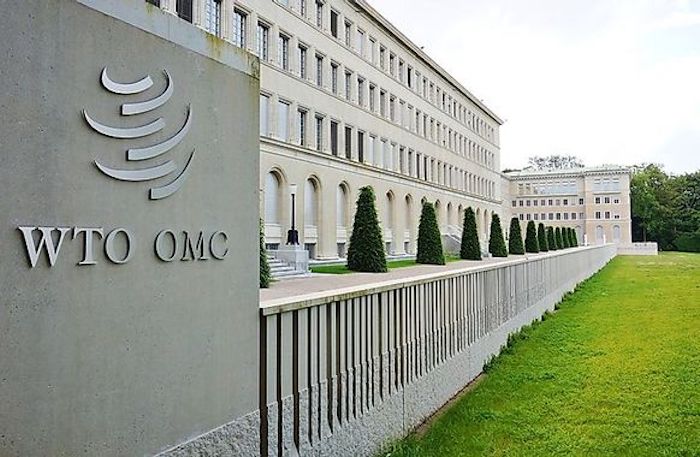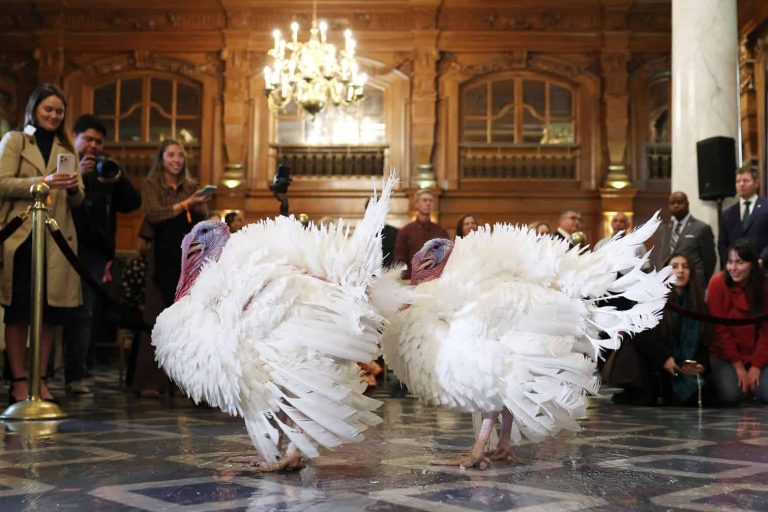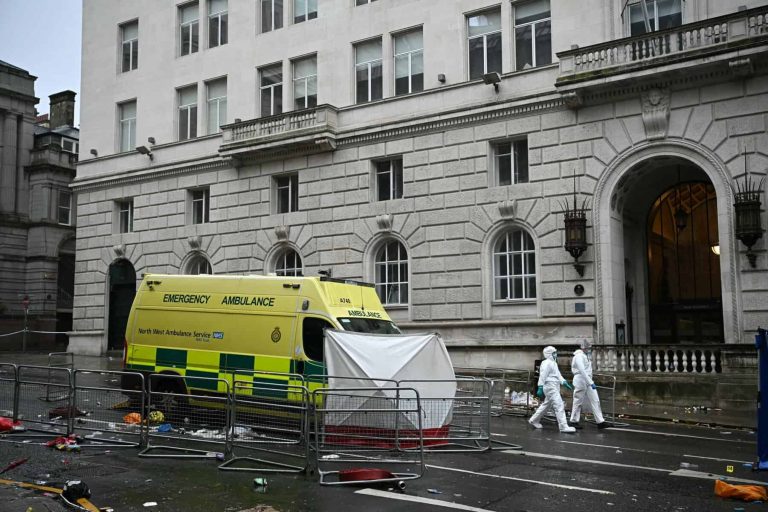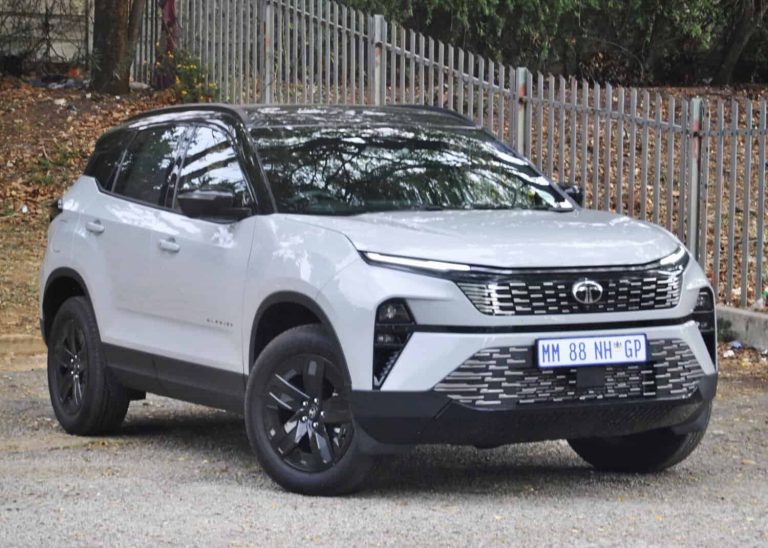
The World Trade Organisation (WTO) has sharply raised its forecast for global goods trade growth in 2025, crediting surging demand for artificial intelligence-related products, early import activity in the United States amid tariff fears, and stronger trade performance among developing economies.
In its Global Trade Outlook and Statistics Report released on Tuesday, the Geneva-based organisation said it now expects merchandise trade to expand by 2.4% this year, a significant jump from its August estimate of 0.9%. As recently as April, WTO economists had anticipated a 0.2% decline.
The outlook for 2026, however, has been revised downward — from 1.8% to 0.5%, reflecting expectations of a slowdown following the current surge.
WTO Senior Economist Marc Bacchetta noted that “the rise in AI-related trade seems to have been fuelled by structural investments in digital infrastructure, from semiconductors to cloud servers.” According to the report, AI-related goods accounted for 42% of total global trade growth, far exceeding their 15% share in world trade.
Director-General Ngozi Okonjo-Iweala added that steady trade among developing nations and a measured global response to tariff changes — including those introduced by the Trump administration earlier this year — helped sustain momentum.
“Countries’ measured response to tariff changes in general, the growth potential of AI, as well as increased trade among emerging economies, helped ease trade setbacks in 2025,” Okonjo-Iweala said.
Trade among developing countries — known as South-South trade — rose 8% year-on-year in the first half of 2025, outperforming the 6% growth in overall global trade value.
The WTO cautioned, however, that escalating trade restrictions and policy uncertainty remain major risks to future performance, potentially dampening gains across more economies and sectors.
Melissa Enoch



